Electrical Receptacles with USB ports
kudzu9
10 years ago
Related Stories

LIFEHow to Prepare for and Live With a Power Outage
When electricity loss puts food, water and heat in jeopardy, don't be in the dark about how to stay as safe and comfortable as possible
Full Story
DISASTER PREP & RECOVERYMore Power to You: How to Pick the Right Generator
If your home's electricity goes, don't let it take your necessities with it — keep systems running with this guide to backup power
Full Story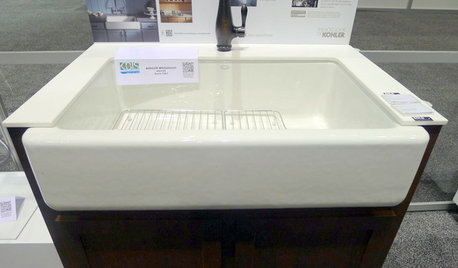
Highlights From the 2012 Kitchen and Bath Industry Show
Innovations in sinks, outlets and surface materials for kitchens and baths shone at this year's show
Full Story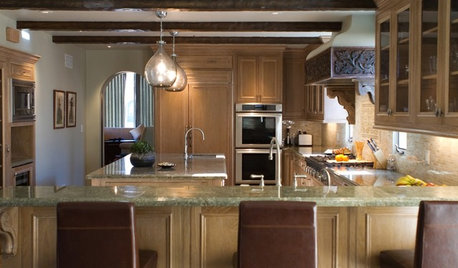
KITCHEN DESIGNHouzzers Say: Top Dream Kitchen Must-Haves
Tricked-out cabinets, clean countertops and convenience top the list
Full Story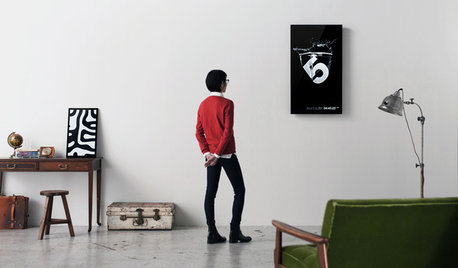
ARTNew Digital Art Frame Gets Put to the Test
Our writer sets up the EO1 at home, then invites artist friends over for a look — at images of their own work. See what they have to say
Full Story
REMODELING GUIDESBanish Gizmo Blemishes on Your Walls
Unsightly switches, vents and outlets can ruin your interior design's clear complexion. Keep the look pure with an architect's tips
Full Story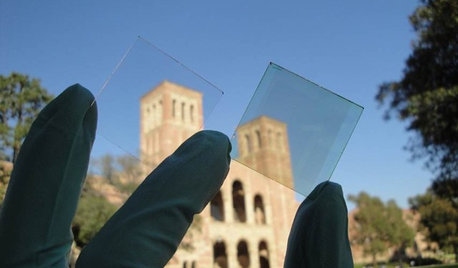
HOME TECHSmall Solar: Big Home Tech Trend in the Making
New technology enables everyday household objects to power themselves by harnessing natural light
Full Story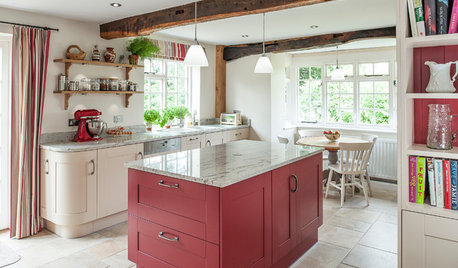
KITCHEN DESIGNKitchen of the Week: Splashes of Red for a Country Classic
Modern touches combine with traditional style in this warmly elegant kitchen in the English countryside
Full Story
GREAT HOME PROJECTSPower to the People: Outlets Right Where You Want Them
No more crawling and craning. With outlets in furniture, drawers and cabinets, access to power has never been easier
Full Story
DIY PROJECTSHide All Those Wires in a DIY Charging Station
Keep your gadgets handy and charged with a flexible storage board you can design yourself
Full StoryMore Discussions









Ron Natalie
Elmer J Fudd
Related Professionals
Bound Brook General Contractors · Cumberland General Contractors · Jackson General Contractors · Janesville General Contractors · Klahanie General Contractors · Plano General Contractors · Pocatello General Contractors · Seal Beach General Contractors · Valle Vista General Contractors · West Lafayette General Contractors · Wheaton General Contractors · Norwich Solar Energy Systems · Eden Prairie Solar Energy Systems · Cutler Bay Home Automation & Home Media · Massapequa Home Automation & Home Mediawilliamsem
yosemitebill
kudzu9Original Author
yosemitebill
kudzu9Original Author
sacto_diane
kudzu9Original Author
homebound
ionized_gw
yosemitebill